Editorial: Anthony Mundine’s wise words to young people
Mundine’s closeness to the Aboriginal community was evident in the wake of rising rugby league player Ziggie Vincent’s death andall young people might listen to The Man: “Speak up to somebody you trust.”
Opinion
Don't miss out on the headlines from Opinion. Followed categories will be added to My News.
DECEMBER 31: The Man’s wise words to youth
Anthony Mundine, it is fair to say, is a polarising figure.
The controversial rugby league star turned boxer deliberately courted that image during his fighting career, knowing it added considerable box office value.
Whether fans admired or resented him, it could never be denied that Mundine brought a significant deal of top-level showmanship to the ring.
As well, nobody could ever question the honesty and depth of Anthony Mundine’s feelings for Aboriginal Australians, nor his desire to offer help whenever and wherever he can.
Much of that personal help takes place far from the attention of any media.

Mundine’s closeness to the Aboriginal community was evident yesterday as he dealt with the dreadful news of rising rugby league player Ziggie Vincent’s death.
The teenage Canterbury-Bankstown Bulldogs’ Jersey Flegg Cup squad signee took his own life at the weekend.
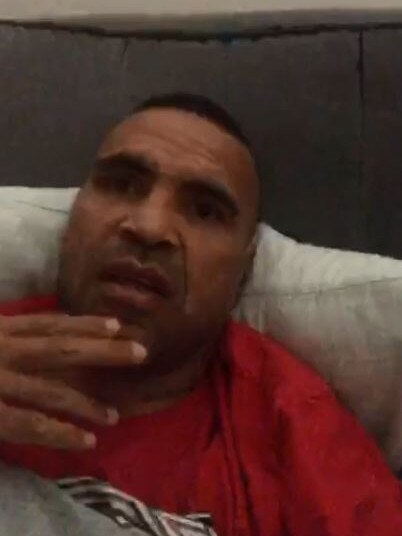
“We lost a brother, young Ziggie Vincent. Took his life last night. It’s very hard to take for myself but I can’t imagine (what) his family and close friends, brothers and siblings (are going through),” Mundine said in a video message.
And then, very importantly, Mundine expanded his thoughts to address much broader issues of depression and how best to cope.
“A lot of these brothers feel like they’re a burden. But they’re actually not. They’re just shy and don’t want to bring their problems on anyone else,” Mundine said on Instagram.
“To anyone that has any problems with mental health … or are not in a good place. Please speak up to somebody you trust, someone that sheds a good light in your life. That’s the most important thing. Even hit me up.”
Those profoundly empathetic words genuinely apply to all young people who feel they cannot move on, or that life has nothing for them.
They particularly apply in the hyper-masculine rugby league world, which can still look askance at anyone suffering from a mental health issue.
Gradually, rugby league and other sports are maturing in the way they handle depression, anxiety and other problems.
In the meantime, all young people might listen to The Man: “Speak up to somebody you trust, someone that sheds a good light in your life.”
DECEMBER 30: An anklet is not a prison cell
The failings of the NSW judicial system have been comprehensively covered by The Daily Telegraph.
These range from too-lenient magistrates to a parole structure that seems weighted in favour of offenders and against the general community’s safety.
One of the more frustrating issues in covering these flaws is that many in our judicial system do not see them as flaws at all.

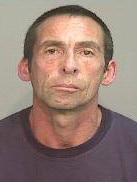
There is a view quite widespread within judicial circles that the primary aim of laws and courts should be rehabilitation above all else.
Yet many “clients” of our judicial system do not appear to share this aim.
In fact, given even the slightest opportunity to reoffend or otherwise ignore legal constraints, they will do so.
The latest manifestation of this may be seen in the number of serious offenders who have wilfully removed their electronic monitoring anklets.
Those anklets are typically applied by courts as a condition of parole. Their purpose is to allow easy tracing of movements by police.
But now The Daily Telegraph reports that 16 dangerous offenders on parole, including double killer Damien Peters, have removed those anklets.

This, of course, is no easy task. Monitoring anklets are made from a combination of Kevlar and steel, the same combination of materials used in the construction of bulletproof vests. Removal is not the work of a moment.
The bad news for offenders on parole is that removal means rapid police intervention.
“It is not possible for offenders to remove the devices without setting off alerts to the monitoring room,” a Corrective Services NSW spokeswoman said yesterday.
The act of removal might be quickly addressed, but it should also indicate that these offenders should not have been paroled in the first place.
Presently there are more than 1000 offenders throughout the community who are monitored by anklets. About 60 are convicted sex offenders.
Although their activities are limited by various parole conditions, these criminals are effectively being allowed to roam NSW with remarkable freedom.
Keep in mind, too, that locations are the only details that monitoring provides. Precisely what parolees might be up to at any given time is unknown.
DECEMBER 28: Clover finally gets her art
Aiming to forever leave her mark on Sydney, Lord Mayor Clover Moore has previously announced her intention to fund a range of large public art works.
One of them was Pavilion, a gigantic $2.5 million milk crate that Moore wanted to put in Belmore Park, near Sydney’s Central Station.

Another was Cloud Arch, a $3.5 million ribbon-like structure planned for George St outside the Town Hall.
And yet another was something called The Distance of Your Heart, which involves 60 handmade bronze bird sculptures scattered about the place. A bargain at just $2.1 million.
These were all scheduled to be in place by 2017, but nothing much has come of them to this point. Yet Moore might still have achieved her artistic vision for our city, although in a way she never intended.
As part of a plan to droughtproof Sydney, the Lord Mayor approved construction of a 5.6km recycled water pipeline running below city streets.
“It is scandalous that we still use precious drinking water to flush our toilets, water our gardens and wash our clothes,” Moore said in October.
“Governments should be supporting wastewater recycling to secure our water supply needs.”
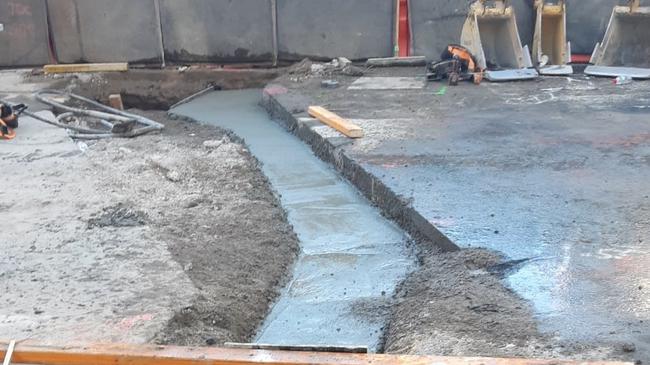
But a ruling hitting wastewater by the Independent Pricing and Regulatory Tribunal means the system is not in use.
As a result, Sydney is now equipped with several kilometres of pristine, never-dampened, completely empty underground tubes.
Lord Mayor Moore is understandably upset about this, pointing out that “every litre of recycled water used in the city is one less that has to be supplied from the Warragamba Dam”, but there could be another way of looking at things.
Let’s call those empty tubes an art installation.

After all, a network of tubes makes just as much sense as a huge metal Cloud Arch or a great big milk crate. In fact, the tubes may be considered even more creative and esoteric because they are wholly shielded from public view.
The only hints to the tubes’ whereabouts are small purple pavement plates — more art! — showing where they can be accessed for maintenance.
All that the Lord Mayor needs to do now is run a competition to name her unintended artwork and we’re done.
Echo of Atlantis might work.
DECEMBER 27: City shaken but never beaten
At present, our thoughts and prayers are with those still facing danger from the continuing bushfires throughout NSW, Queensland and many other areas across Australia.
But 30 years ago this weekend, Australian concerns focused on a very different form of natural disaster.
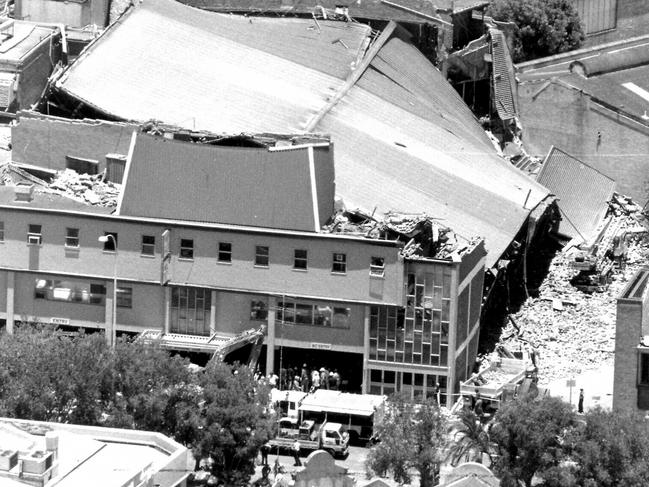
Earthquakes are not uncommon in our nation, but due to so much of Australia being uninhabited, they rarely strike hard at major population centres.
As well, powerful quakes are far less frequent.
According to the Melbourne-based Seismology Research Centre, an earthquake exceeding magnitude 7 will occur somewhere in Australia only every century or so.
By comparison, quakes of similar magnitude hit locations such as Japan, the Philippines or California every few years.
Possibilities and likelihoods are one thing, but what happened in Newcastle back in 1989 was very real indeed.
The Newcastle earthquake registered 5.6 on the Richter scale, which is short of the mark for a truly large quake, but what made it so deadly and destructive was its location.
The quake’s epicentre was at Boolaroo, fewer than 20km from Newcastle’s central business district.
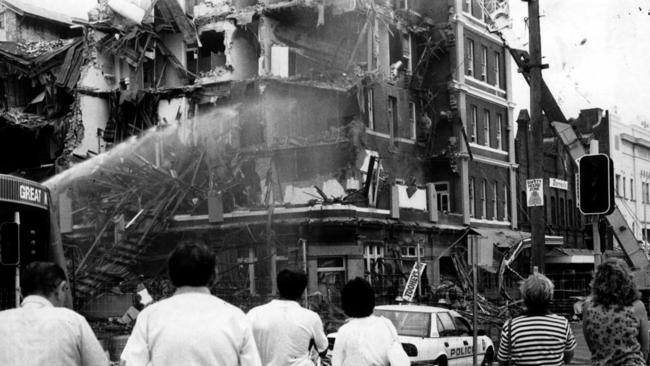
Hardest hit was the popular Newcastle Workers Club. Nine perished when the club’s floor collapsed following a massive six-second seismic jolt.
“That’s where the real chaos was,” recalls Newcastle’s Stefo Nantsou.
“There was so much pain and anguish around that particular building. People were diving in to pull rubble out.”
As with so many who survived the disaster, Nantsou’s memory of that shocking morning is pinpoint precise.
“I think it happened just before 10.30am,” he told AAP.
Nantsou is right on the money. Official records place the exact time at 10.27am.
The current bushfires have highlighted the sense of community that bonds NSW and all of Australia. As Dr Leon Kleinman notes, the same concern for others was evident in 1989.
“I remember one fellow spontaneously got some sandwiches and was walking around handing them out, someone else was walking around with cold drinks,” he said.
“People just got together and got on with it.”
Thirty years on, they still are.
DECEMBER 24: Aussie angels are a Christmas sign
This Christmas season has been touched and tempered by tragedy.
In New Zealand, the death toll following the White Island eruption continues to increase. Yesterday came the terrible news that an unnamed victim had died in an Auckland hospital.
Including two people who have still not been located, that brings the total number of deceased to 19.
And still the flames roar in NSW, Queensland and all other corners of Australia, held back only by the superhuman efforts of volunteer firefighters.
If ever there are angels in our midst, they are the ash-covered men and women of the RFS.
Even some people of deep and profound faith may have been shaken by the extent of these shocking ordeals, and by the utterly heartbreaking losses suffered by hundreds of families.
Some may even wonder how a just and loving God could allow these catastrophes.
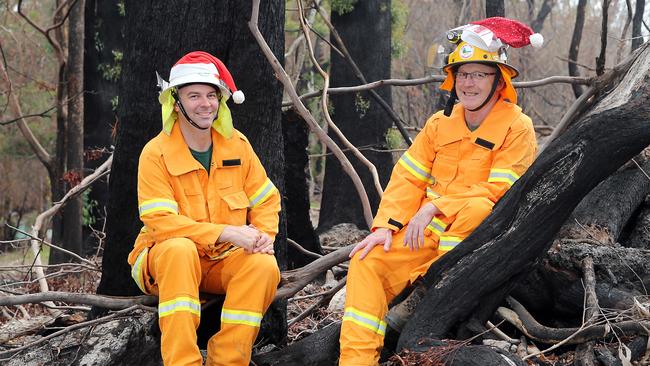
But the endurance of suffering is, of course, at the core of Christian theology. The suffering of Jesus Christ on the cross symbolised the suffering of all mankind, and His resurrection indicates the powerful redemption that awaits beyond.
As 1 Peter 1:11 tells us:“Searching what, or what manner of time the Spirit of Christ which was in them did signify, when it testified beforehand the sufferings of Christ, and the glory that should follow.”
We saw something of that glory in the work of ordinary citizens who immediately went to the aid of White Island’s victims.
How aircrew ‘angels’ saved families from firestorm
We see glory too in the unceasing work of our firefighters, whose lifesaving labours are made even more glorious for the fact that these men and women seek no fame or adulation.
In many of their cases, only family and friends will directly know of their involvement in battling these blazes. They may be the ultimate quiet Australians, concerned only with getting a dangerous job done.
To those who would deny the existence of a just and loving God from the evidence of bushfires and volcanic activity, we point to “the glory that should follow” – personified by our fireys, the businesses that generously grant them leave and the Australians who in huge numbers donate cash and supplies.
It is a different Christmas this year. But the Christmas message of caring and compassion is still there, writ large across our beautiful, unpredictable land.
DECEMBER 23: A great year of the volunteer
Most years become symbolised by a particular theme or event.
The year 1969 will always be associated with the moon landing, for example. For Australians, 1975 is forever linked to the dismissal of the chaotic Whitlam government.
It is practically impossible to recall 2000 without shining memories of the Sydney Olympics and Cathy Freeman’s superb 400m gold-medal run.
And 2010 might always be known for Kevin Rudd’s dismissal — on this occasion by his own party — and an excruciating 17-minute Rob Oakeshott speech that delivered government to Julia Gillard.
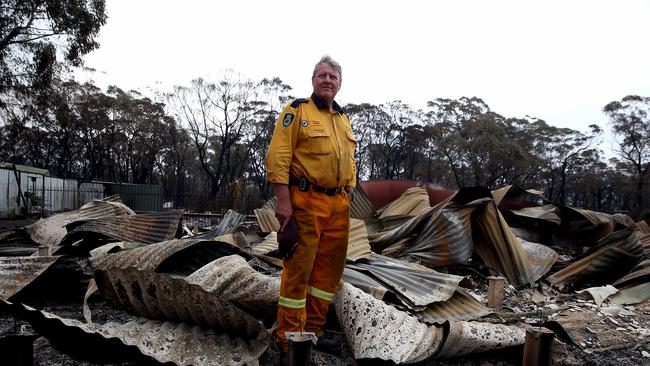
Until just a few weeks ago, 2019 might have been primarily known for Scott Morrison’s poll-defying election victory or the role of a certain Aldi shopping bag in state Labor politics.
But then the NSW fires began, earlier than usual and terrifyingly strong. But as they rose, so too did thousands of heroes to fight them.
They turned out along the coast and deep inland, in cities and in our smallest communities. They came from all backgrounds and cultures.
And they were bonded by three things — their love of our people, their willingness to put themselves at risk to protect lives and property, and their selfless volunteerism.
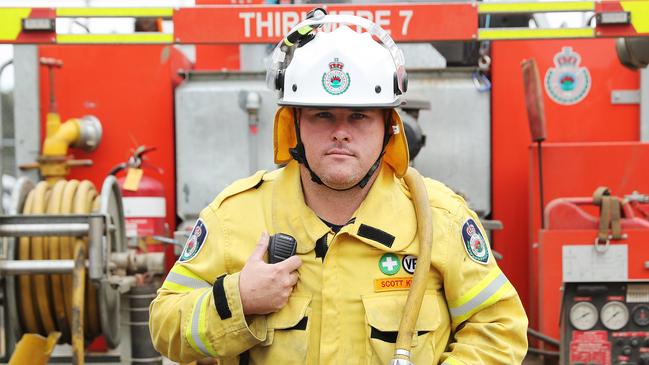
“I’m not going to sit at home and feel sorry for myself, so what do you do?” asks Neville Wearne, a 20-year Rural Fire Service volunteer and senior deputy captain of the brigade in Ebenezer, northwest of Sydney.
Wearne has more reason than most to give in to sorrow. Just three months ago his beloved wife of 29 years, Irene, died following a painful battle with pancreatic cancer.
The call to action, however, was much too strong for Wearne to resist. The 70-year-old has now been fighting NSW’s deadly blazes for weeks on end alongside his fellow volunteers.
Their work is in many cases supported by compassionate employers who have granted leave to RFS heroes.
“Most employers have been damn good. Exceptional,” Wearne said.
“Some in our brigade have got that leave and it’s been extraordinary, you’ve really got to take your hat off to them.”
Yes, we do. Everybody has their part to play in this struggle.
But above all let’s celebrate the volunteers. It’s their year.
DECEMBER 18: Don’t let a little dig get too big
As we have seen with the light rail project, large state-funded projects have a tendency under the Berejiklian government to miss deadlines and exceed budgets.
And now a similar pattern is emerging with the much-needed demolition and rebuild of the Sydney Football Stadium.
A new deal with major construction firm John Holland to complete the Moore Park stadium in time for the 2022 NRL Grand Final now puts the overall cost at $828 million.
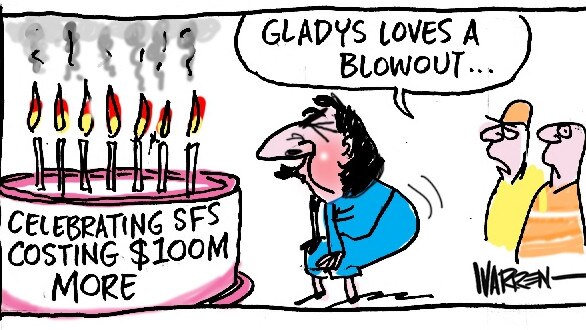
That’s close to $100 million more than the initial budget.
As you would expect, Premier Gladys Berejiklian yesterday put an extremely positive spin on the cost increase. “By going back to the market, we have delivered on our promise to achieve better value for the people of NSW,” the Premier said.
“While the estimated total cost for this build is higher than what we originally anticipated, it is much better value than what we would have achieved had we not gone back to the market.
“It is important to deliver the world-class stadium we promised to attract the best events to our state.”

That is true, but budget blowouts at early stages of construction often indicate the likelihood of further increases as construction continues.
One of the most infamous cases globally of public project costs getting out of hand was a Boston road tunnel project that became known to residents of that US city as the Big Dig.
The Big Dig was planned to be completed and functioning by 1998 at a total cost of $2.8 billion. Obviously, this project was considerably larger than the stadium rebuild, but it is nevertheless worryingly instructive
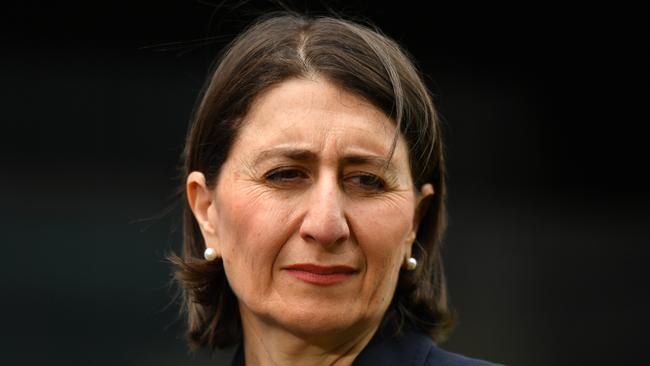
The Big Dig exceeded its deadline by nearly an entire decade. Expenses soared massively. By one local newspaper’s estimation, the final total bill for the $2.8 billion Big Dig might be south of $20 billion.
The Sydney Football Stadium is right now but a Little Dig by comparison to Boston’s epic folly, and nobody is suggesting costs for the stadium or its construction timetable could ever come close to matching it.
Still, perhaps that stunning Bostonian debacle might serve as a reminder to the Berejiklian government to maintain a very close watch on developments.
After all, as Paul Kelly once (almost) sang: “From little digs, big digs grow.”
DECEMBER 17: We’re pariahs, and loving it
It doesn’t take much these days for a nation to be denounced as a pariah.
All Australia needs to do in order to achieve that status, for example, is stand strong in defence of our nation’s people, security and economy.
We witnessed this previously when the newly-elected Coalition government led by Tony Abbott introduced comprehensive and effective strategies to halt the deadly flow of asylum seekers to our shores.
“We should be leading the global policy debate,” Labor’s ex-Prime Minister Kevin Rudd said. “Not turning ourselves into some pariah state.”
“This is a time for Australia to shine, not behave like a pariah,” the Melbourne Age scolded.
“Australia has become an international pariah,” refugee advocate John-Paul Sanggaran announced. Of course, many European nations subsequently crafted their own tough policies to deter asylum seekers.
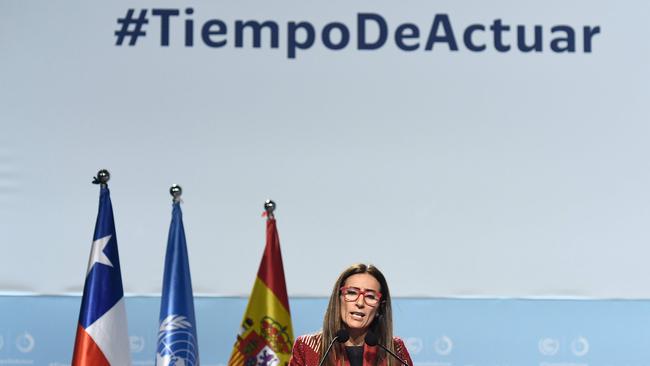
Australia, it turned out, wasn’t a pariah at all. Rather, Australia showed the way.
Australia is now condemned all over again as a pariah, and again by the usual leftist types.
This time, our crime is to protect the economy from the destructive effects of extreme climate change legislation.
“The UN is holding a climate conference at which Australia has been declared the pariah of the world,” The Guardian online newspaper reported.
Of course, no such formal declaration was presented during the conference, held in Spain.
“When it comes to climate action,” said Labor MP Mark Butler, “Australia’s lack of climate policy has become an international embarrassment.”
He’d best chat about this with his party leader, Anthony Albanese, who lately has been visiting Queensland coalmining regions in a bid to rebuild Labor’s support among workers.
Butler might also reflect on the result of the recent so-called “climate election”.
“This will rebound on Australia diplomatically and we will become an international pariah,” a Sydney Morning Herald correspondent predicted, as though we haven’t been down that path before.
In Spain, the Morrison government refused to sacrifice Australia’s hard-won standard of living upon the altar of climate evangelism. For this we are pariahs, evidently.
Australia should embrace this title. It means, yet again, we are on the right track.
DECEMBER 16: Retro strikers send us back
Qantas endured its own issues yesterday after a hydraulic fault forced a flight bound for Perth to return to Sydney, where passengers disembarked via emergency slides.
At this time it appears that all safety procedures were followed to the letter. Good.
Meanwhile, Jetstar is in the middle of a ground-based drama as management and staff lock themselves into a 1970s-style industrial dispute.
The budget airline’s boss Gareth Evans — note: not the former Labor senator, who was foreign minister during the seismic 1989 pilots’ strike — has lately escalated matters.
Evans claimed his staff have ruined Christmas holidays for thousands of Aussie travellers.
Jetstar pilots and ground crews previously walked off their job to demand better pay and work conditions, leading to more than 100 flights being cancelled throughout the weekend.
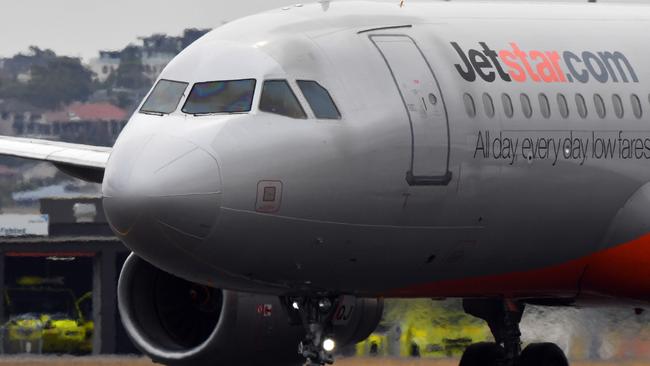
Older readers may recall that Christmas strikes, particularly involving breweries, were a feature of the Australian industrial landscape during the 1970s.
If nothing else, this current conflict at least revives a form of nostalgia, albeit of an unpleasant and desperately inconvenient kind.
The Transport Workers Union’s demands on behalf of Jetstar staff are ambitious. The union wants annual wage rises of four per cent, more rest breaks, a guaranteed 12-hour break between shifts and minimum 30-hour working weeks.
For their part, Jetstar has offered ground crews a three per cent annual increase. This was quickly rejected.
It is important to keep in mind that the actions by ground staff and the actions by pilots are separate, requiring negotiation on both fronts.
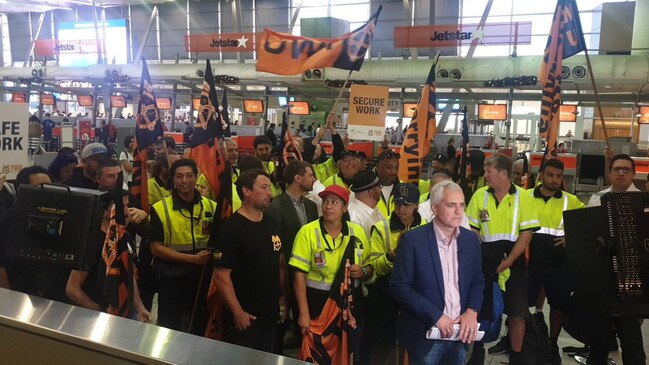
This means that while pilots have pledged to work between December 21 and January 3 during the busy festive period, sparing travellers further holiday misery, striking ground staff could still cause delays and cancellations.
Jetstar boss Evans points out that pay demands from pilots would add up to a 15 per cent cost hike in the first year alone.
With those costs being passed on to passengers, the market positioning of Jetstar would be placed under threat.
If we’re having a ’70s strike, maybe we should have a ’70s summer. Ditch the jets and hook up the caravan.
DECEMBER 13: Abortion policy needed before election
Abortion will always be a deeply contentious subject. This is because people are massively invested in either side of the debate, and will not in general concede any ground to their opponents.
But another factor increased the level of public fury during the NSW government’s prolonged and ultimately successful bid to decriminalise abortion.
People were, very understandably, angered by the fact that abortion was a subject for debate within parliament when it had not been a subject for debate during the May election.
The government simply waited until it had been re-elected on the strength of other policies and then launched into decriminalisation seemingly out of the blue.
Now we note public concern over energy and environment minister Matt Kean’s repeated declarations this week that NSW must immediate reduce carbon dioxide emissions.
Again, this was not flagged at all during the election campaign. If it had been, the election outcome for both Kean and the Berejiklian government might have been very different.
“Extreme weather events are as a result of climate change and we need to be taking steps to mitigate the impacts of climate change,” Kean asserts.
That’s from a senior minister in a government that in May won the election by promising growth and expansion. Absent of a scientific breakthrough, that means increased emissions.
(Not that increased emissions mean a great deal from a NSW perspective. Our state contributes less than half of one per cent of the planet’s human-derived carbon dioxide.)
If Kean is serious about the need to slash emissions, he should list the industries and activities he intends to target.
Is he now opposed, for example, to Sydney’s second airport? Will he pursue a variation of Labor’s federal plan to push us towards electric cars? And, once he supplies that list, Kean should provide detailed and dependable information about what impact all of his plans will have on electricity prices.
One more thing, too. Considering that Kean’s aim is to curtail climate change, let’s get from him data on precisely how curbing emissions in NSW will accomplish this.
Because, while generating less than half of one per cent of the planet’s carbon dioxide, NSW isn’t able to influence climate change one way or the other.
DECEMBER 12: Very Kean on climate change
NSW Energy and Environment Minister Matt Kean didn’t say much about climate change during the election campaign.
He’s more than made up for that in the past two days.
“We’ve got to stop making climate change a matter of religion and we’ve got to start making it a matter of science,” Kean told the ABC yesterday, following earlier comments at Sydney’s Smart Energy Summit.
According to Kean, it is scientifically possible for a cut in NSW carbon dioxide emissions to calm extreme weather.
“Extreme weather events are as a result of climate change and we need to be taking steps to mitigate the impacts,” Kean said on Sky News.
“We can do that in a responsible way that doesn’t hurt our economy but grows our economy and that is what we intend to do.”
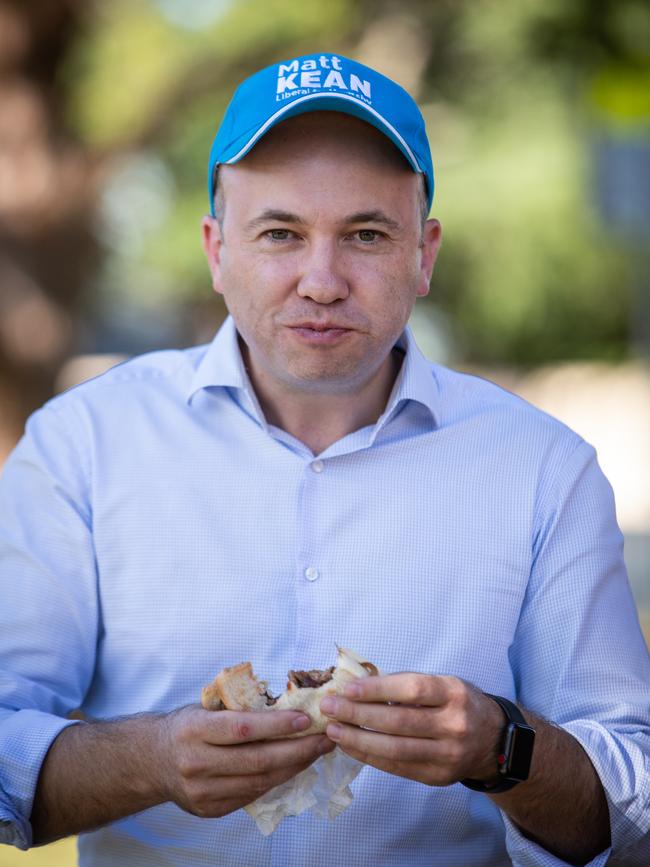
Mathematics is a form of science. Let’s see how the numbers stack up for Minister Kean.
As his own department’s Environment NSW website explains, “New South Wales is responsible for almost a quarter of Australia’s emissions”.
Given that Australia emits around 1.3 per cent of the world’s human-generated emissions, that puts NSW’s contribution at just 0.32 per cent of the planet’s total.
“This is not normal and doing nothing is not a solution,” Kean said on Tuesday night, referring to the current bushfires and heavy smoke haze.
But NSW barely contributes anything at all to global emissions. Reducing them by whatever means Kean is planning will obviously make no difference at all to the global temperature.
In short, his comments lean far more towards faith than they do to figures. But here’s an area where Kean can very much make a difference.
As energy minister, he finds himself in an energy-rich state with many energy-dependent industries and employers. It should be far easier for Kean and the Berejiklian government to slash exorbitant power charges than for NSW to alter the world’s thermostat.
We know it is possible for governments to cut power prices, because it was governments that previously increased them through wretched and ruinously expensive energy policies.
Our power prices are definitely not normal. Doing nothing about them is not a solution.
DECEMBER 11: Heroes and horror in NZ
When horror strikes, New Zealanders act rapidly and decisively.
We saw examples of that decisiveness following the massive 2011 Christchurch earthquake, where rescue workers were joined by ordinary citizens.
One powerfully-built young Maori man was shown on television clearing the rubble-blocked entrance to a crumpled building. Earthmoving equipment could not have been faster or more effective.
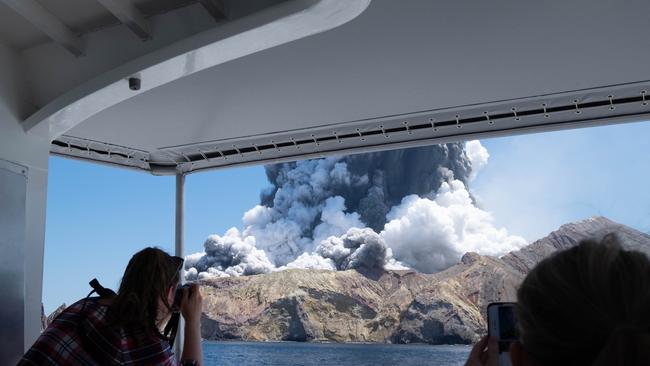
Further stories of heroism now emerge in the wake of the White Island volcano disaster.
Geoff Hopkins, a pastor from the North Island city of Hamilton, had just finished his own visit to the volcano’s crater with daughter Lillani. The pair were safely aboard a tour boat when the volcano erupted.
Instantly, father and daughter — along with others on board — changed from smiling tourists to emergency personnel. The ship’s crew quickly rescued dozens of people who had dashed into the sea, all of them gravely injured, as Geoff and Lillani put their first-aid training to use.
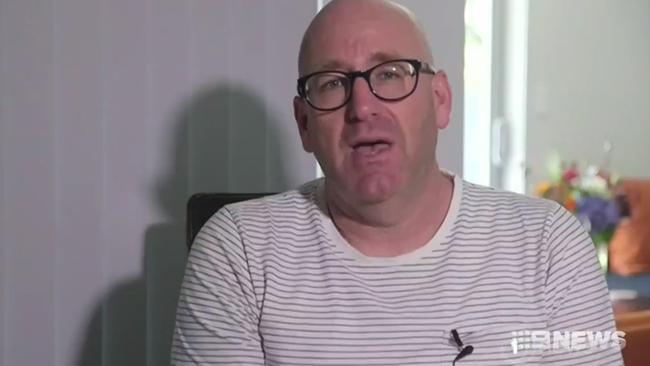
One young tourist couple were so seriously burned that Pastor Hopkins struggled to keep them conscious and communicating.
“My fear now is that they didn’t make it,” he said yesterday, still in shock from Monday’s tragedy.
“There were five critical people on our boat and there’s been five fatalities confirmed … they were just so badly burnt.”
Horribly, many additional fatalities are anticipated. Hospital officials yesterday indicated that of 31 people who were injured, 27 have suffered burns to more than 30 per cent of their bodies.
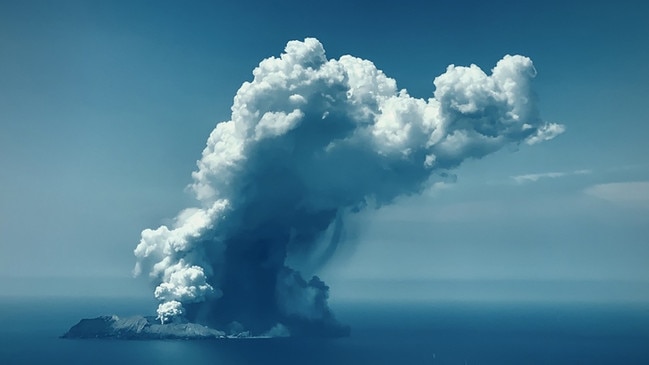
Beyond the ongoing grief and trauma, the search begins for answers. New Zealand Police have now launched a criminal investigation into the disaster.
A significant component of that investigation may be why tourists were still allowed on White Island after New Zealand government volcano scientist Brad Scott warned just one week ago: “Observations and data to date suggest that the volcano may be entering a period where eruptive activity is more likely than normal.”
Indeed, White Island eruptions have been observed since 1820. Recent minor eruptions occurred in 2013 and 2016.
For now, everything must be done for the injured. Then some deeply serious questions begin.
DECEMBER 10: Our 2000km mega milk run
The dairy industry is one of the most contentious areas of agricultural endeavour in all of rural NSW.
Frequent dairy closures have highlighted what farmers say are unfairly low prices being paid for their valuable product, yet no straightforward solution has yet been devised – let alone a solution that all interested parties can agree upon.
On the one hand, for example, many farmers and their supporters want a guaranteed minimum milk price to be paid by processors and retailers.
This may sound compelling, but applying a guaranteed price for anything generally means that opportunists will make far more than is needed of that product or service.

To illustrate, the Rudd Labor government basically applied a guaranteed minimum price in 2009 for insulation installation.
Consequently, the number of registered installers throughout Australia exploded from 250 or so to somewhere approaching 7000. Free money will do that.
A minimum milk price might have a similarly distorting effect.
There are so many other issues involving dairy farmers and their work that The Daily Telegraph recently sent three staffers on a week-long 2000km journey through NSW milk territory.
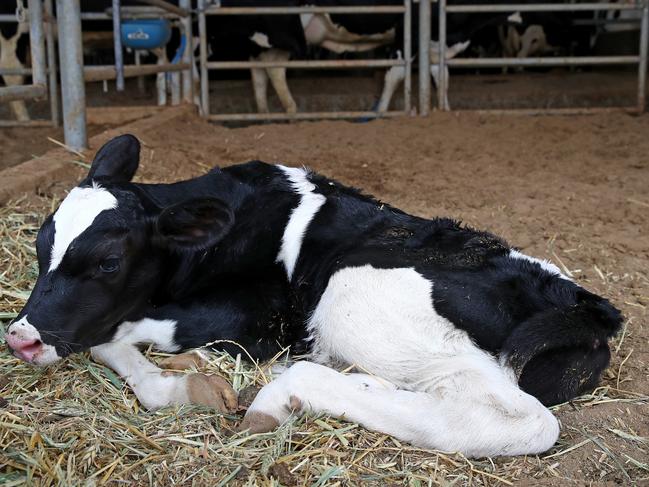
Their series of reports begins today, covering every aspect of dairy farming in our state — from pricing controversies to notable historic events and the robotic future of the industry.
Most importantly, The Daily Telegraph’s coverage will focus on the impressive people who invest huge capital and work enormous hours to bring us our daily milk supplies.
Their stories will bring this testing and often struggling industry to life, even for city readers who have never set foot on a dairy farm.
Which, by the way, is something we deeply recommend. The men, women and families who run our dairy industry are a wonderful category of Australians who are especially notable for the thought and care they apply to their livestock.
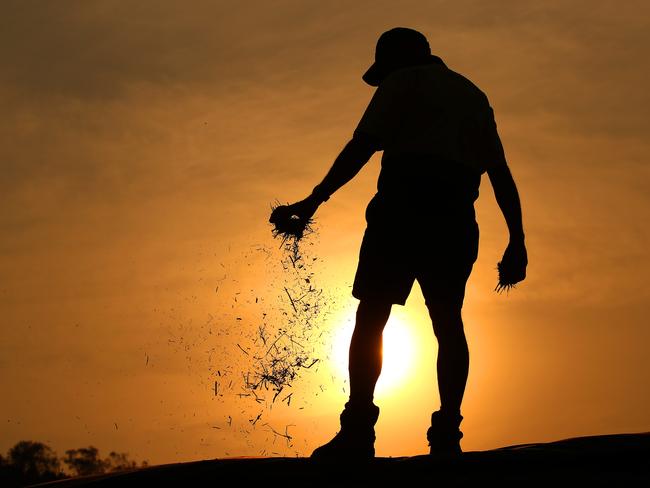
Animal liberationists who have invaded dairy farms because of alleged maltreatment really should pay attention to our week-long series. No farmer wants to upset cows, for both humanitarian reasons and for the fact that an unhappy cow produces little milk.
Please enjoy, and join the debate in our pages and online.
DECEMBER 9: The crimes of the NY Times
Formerly a newspaper of record, the New York Times has in recent decades become a newspaper of leftist causes. Name any fashionable political trend and the New York Times is all over it.
Climate change is of particular interest to the Times, which in 2014 ran this headline: “The End of Snow?”
But five years later, the same paper reported: “A powerful winter storm socked much of Montana with a wave of heavy snowfall on Sunday, with weekend totals climbing to 40 inches in some places, and breaking century-long daily records.”
Unable to get things right in the US, the Times now turns to NSW and our bushfires.
“Rising levels of angst and anger are emerging all over Sydney, spreading like the haze,” the Times claimed.
“As many here see it, Australia’s conservative government, in refusing to address the threat of climate change, is favouring the country’s powerful fossil fuel industry over its largest city.”
Sydney would not be anywhere near as large without our fossil fuel industry, but we’ll let that slide.
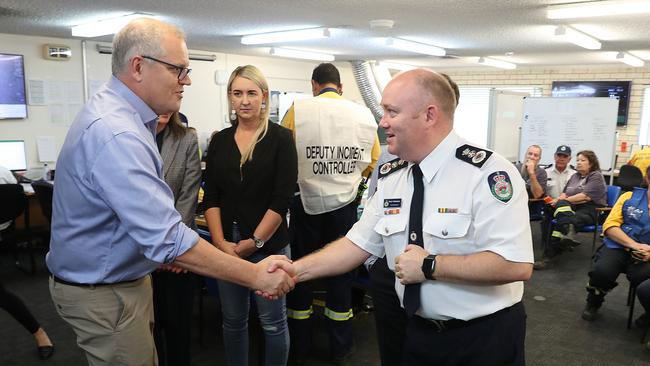
More compelling is the Times’ theory, supported by a few local pundits, that Prime Minister Scott Morrison is somehow responsible for the fires and is able to stop both them and climate change.
“In some countries, such widespread environmental effects have led to changes in policy,” the Times notes.
“In Australia, however — where the air in Sydney was ranked among the worst in the world last month — Prime Minister Scott Morrison has resisted.”
What is he meant to do? Pass a law against bushfire smoke?
“The response has been to double down on denialism,” Sydney University’s David Schlosberg told the paper.
Australia produces only 1.3 per cent of the world’s human-generated climate change gases. Erasing Australia completely would do nothing at all to alter the planet’s temperature.
“The smoky conditions are forcing everyone to question their assumptions about Sydney,” the Times alleges. Anyone who assumes the Times is still a worthy publication might be asking a few questions too.
The Times should return to doing what it does best, which is predicting wildly inaccurate outcomes for US elections, and let Sydney and NSW get on with the serious business of fighting fires.
DECEMBER 6: Ryan’s the bravest of the brave
Anyone who checked the Bureau of Meteorology’s NSW weather radar yesterday would have noticed what appeared to be large rain storms spreading across much of the state.
On closer inspection, however, these “rain storms” all seemed to have unusually precise starting points.
That’s because the images on the Bureau’s radar weren’t rain at all. They were enormous, rolling clouds of smoke, and those precise starting points were out-of-control fires.
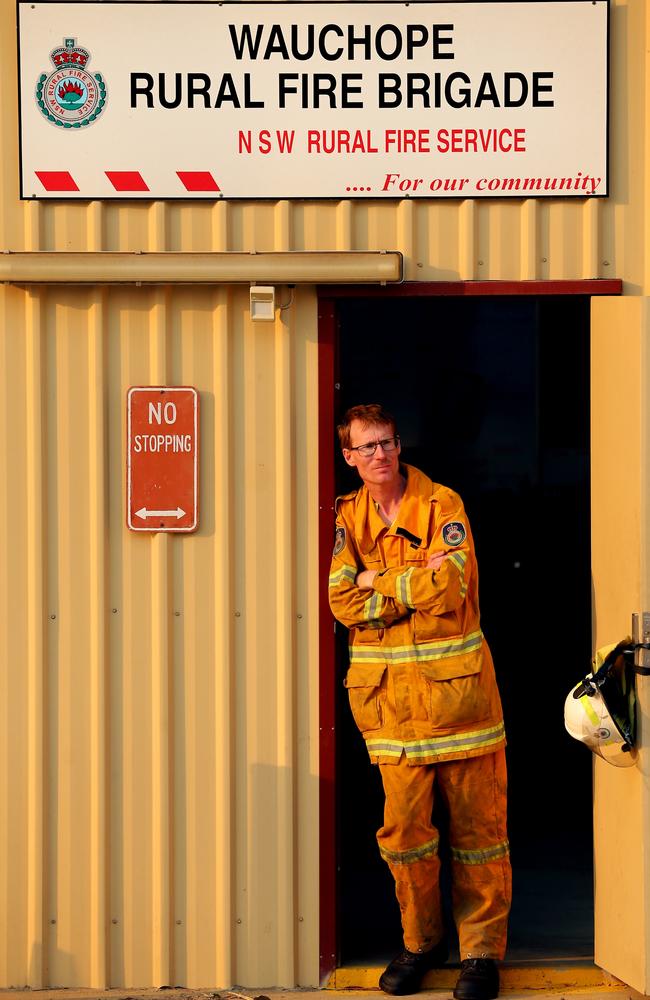
A radar that could depict bravery would be similarly crowded, because all of NSW’s blazes — and there are still masses of them, with up to six yesterday classified as emergencies — are being fought by some of the most courageous Australians imaginable.
Ryan Channells, a volunteer with the Rural Fire Service’s Wauchope brigade, is emblematic of the men and women who are waging war against the deadly fire menace. In Channells’ case, he faces other threats. The father of two young children was diagnosed with stage four melanoma just one day before joining his volunteer comrades in the burning scrub.
Speaking to The Daily Telegraph, Channells deflected all praise to his wife. “My partner Carlie is amazing,” he said.
“She looks after kids who are under the age of two and I only fight fire storms.”
Channells will shortly begin treatment for his melanoma, which means time away from work. As his family’s sole wage earner, this won’t be easy.
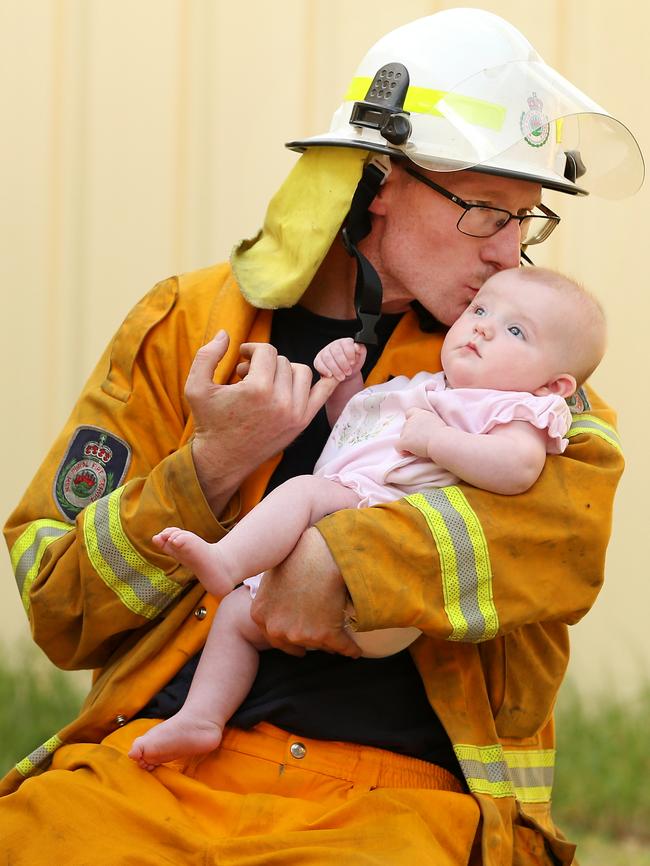
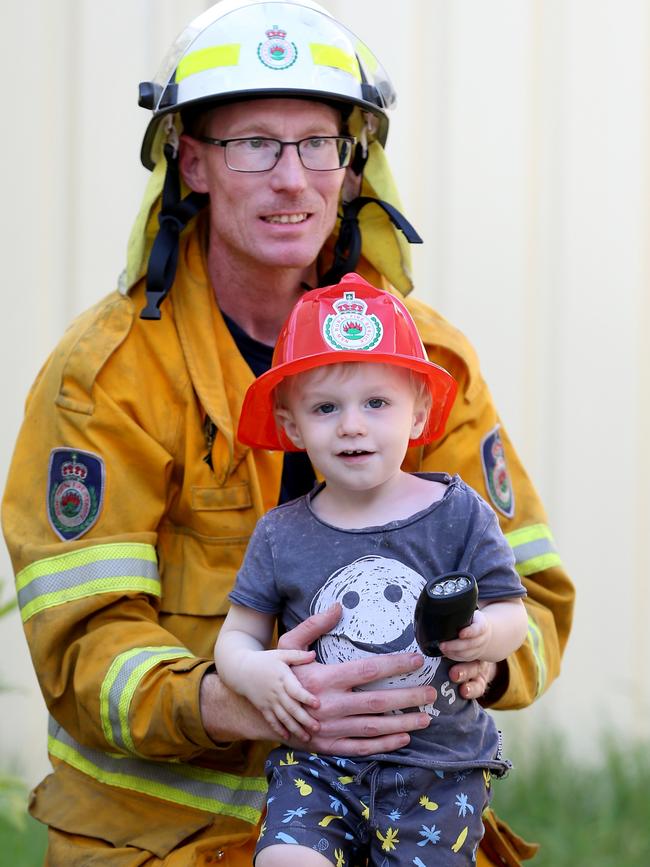
So older sister Angela has stepped up, launching a GoFundMe page and getting the word out.
“Ryan is the first to put his hand up to help when he is able if someone is in trouble and he needs our help this time,” Angela said yesterday.
“We are so proud of him … that’s just the person he is. Putting up his hand if someone is in trouble.”
He’s the person we all like to think we’d be in equally testing circumstances. Fittingly, Scott Morrison has given Channells’s fundraiser his complete Prime Ministerial approval.
“For a bloke who’s given so much to our community, I hope Australians are going to rally behind Ryan and his family as they go through this tough time,” the PM said.
Here’s a bloke who gives his all. Give something in return.
DECEMBER 5: RA’s Izzy fight a rucking debacle
Rugby Australia has conducted itself with remarkable consistency throughout the Israel Folau saga. Unfortunately, RA has been consistently clumsy and inept.
Yesterday’s settlement brought to a close months of wrangling between RA and Folau, which began with a social media post by the Christian that warned hell awaited drunks, homosexuals, adulterers, liars, fornicators, thieves, atheists and idolaters unless they repented.
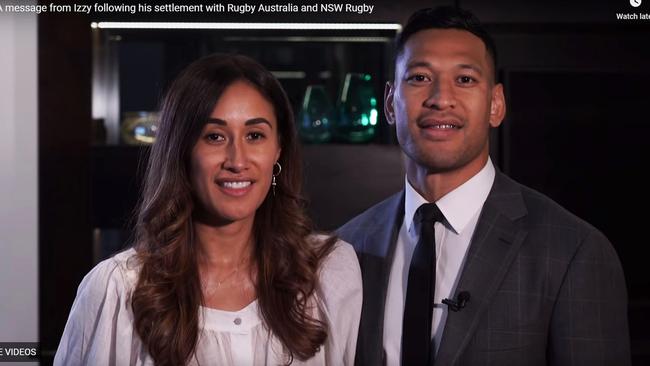
Among those most offended by the post were people who don’t believe hell is real, yet who were nevertheless outraged by Folau’s claim they were destined for a place that doesn’t exist. This added a surreal touch to the overall proceedings.
Still, Folau could have better expressed his faith with words that were less vilifying, confronting and divisive. Most of his fellow Christians manage this easily enough.
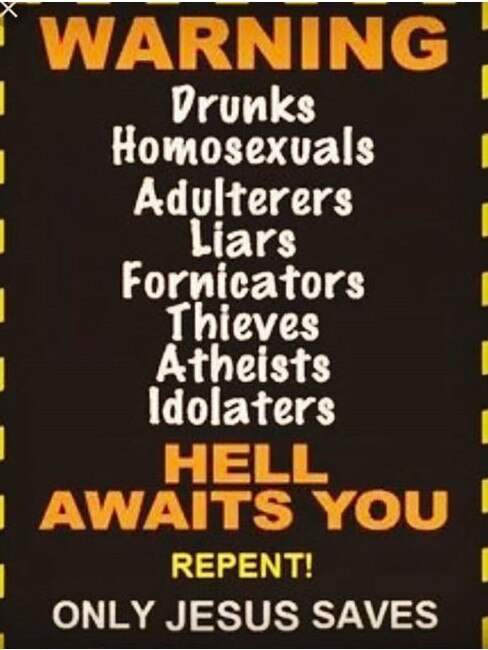
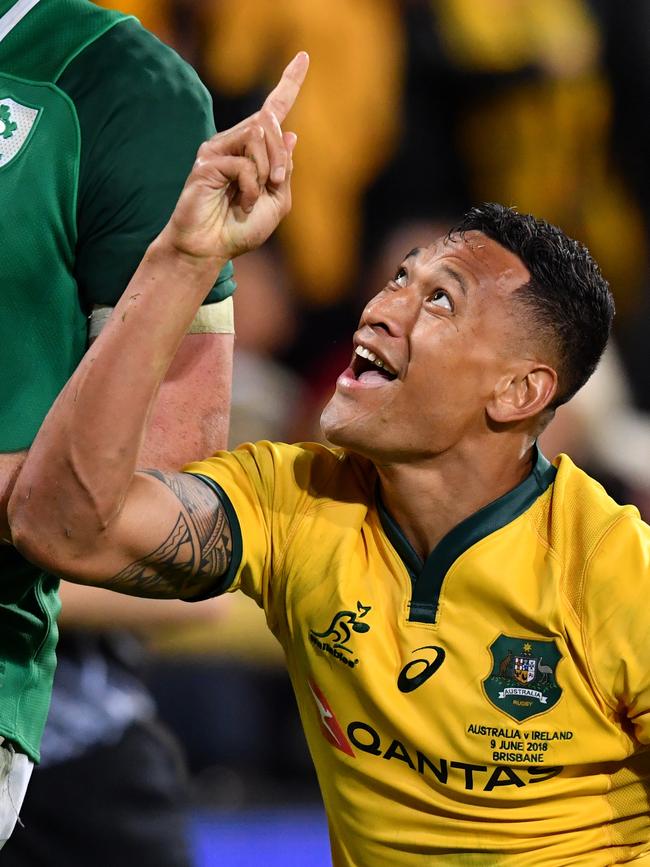
Equally, RA could have handled this whole matter in a less damaging fashion by appreciating that words and beliefs are not a core business of rugby union. In fact, RA’s statement following yesterday’s settlement announcement appears to endorse that view.
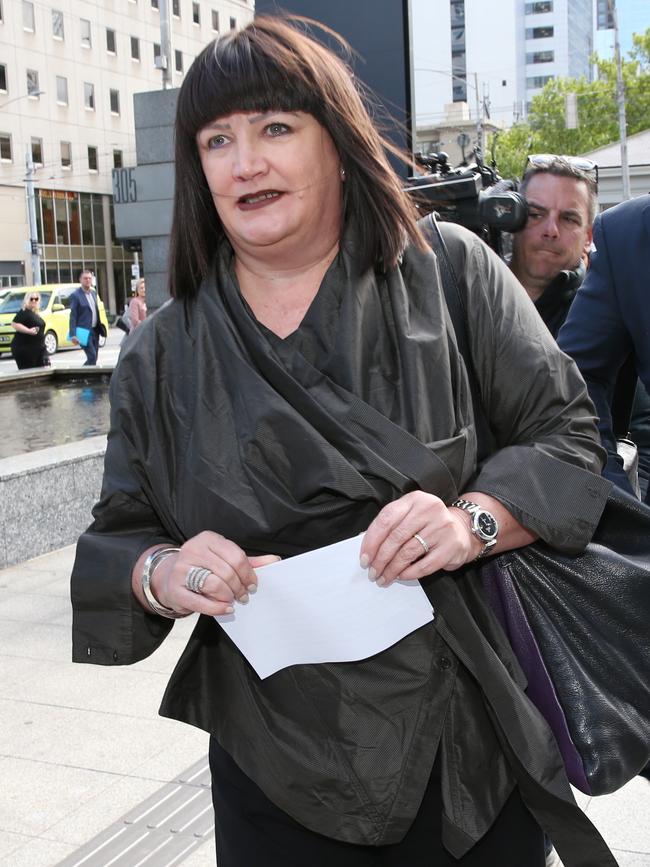
“The Social Media Post reflected Mr Folau’s genuinely held religious beliefs,” the statement read, “and Mr Folau did not intend to harm or offend any person when he uploaded the Social Media Post.”
If that is the case, why then have we been put through this process?
The statement added: “Rugby Australia and NSW Rugby do not in any way agree with the content of the Social Media Post.”
And there the matter should have ended all those months ago. Folau said it, RA correctly and appropriately disagrees with it, let’s move on.
Furthermore, RA’s decision to settle with Folau rather than continue the legal battle does seem to undermine the organisation’s claim that its stance was a matter of principle.
Those who suspect that this showdown with Folau was a means of pacifying sponsors may well feel that their suspicions have been confirmed.
RA has played this game poorly. As happens when a team underperforms on the pitch, the coach’s role should now be open to question. Raelene Castle, RA’s chief executive officer, might at this point consider the worth of stepping aside for the betterment of the code.
DECEMBER 4: We’re the best at letting down our children
There are several reasons why the Program For International Student Assessment (PISA) rankings are of critical importance to Australian parents and their school-age children.
One is that PISA rankings provide a handy snapshot of where exactly Australian 15-year-olds stand relative to children of the same age throughout the rest of the world.
Infuriatingly, our children do not rank very highly on the PISA list. We are down at 16th. Shockingly, for the first time Australia has failed to meet the OECD average in maths.

Even worse, between 2000 and the latest PISA research, NSW suffered the largest proficiency decline in reading of any Australian state, falling by 45 points.
That represents the equivalent of around one-and-a-third years of schooling.
Which brings us to a second point of value to be found in the PISA rankings.
They allow us to discover which nations are doing best in education, and therefore provide a potential road map to improving our own standards.
In order to improve, Australia must look at the unlikely educational powerhouse of Estonia.
This tiny nation, with a population of barely 1.3 million, only became independent of the Soviet Union in 1991.
It seems Estonians have spent every year since then first catching up to and then overtaking other nations in terms of educational standards.
According to Estonia’s Minister for Education Mailis Reps, his nation gears education to entrepreneurship and a rapidly-growing online economy.
“So what we have today is a tradition to study a lot, a little bit like Asian countries,” Reps told the BBC. “We study for many, many hours.”
RELATED EDUCATION NEWS
Australian schools failing our kids in shocking report
Public schools outperformed by ex-Eastern Bloc countries
Time-poor teachers too busy ticking boxes: Experts
One of the biggest differences between Estonia and Australia is that Estonia evidently demands a higher level of expertise from its teachers.
In fact, those standards are so high that the Estonian education system is struggling to find sufficient numbers of high-quality graduates to replace teachers who are retiring.
Other nations also follow the Estonian example.
“In Singapore, which is doing brilliantly, teachers are well regarded and there are very high scores required,” Bella d’Abrera of the Institute of Public Affairs points out.
“There is a huge difference between an Australian teacher and a Singaporean teacher. The requirement for a teacher should be high and I don’t think they are at the moment.”

As the education sector comes to grips with Australia’s poor outcome, beware of those who use the PISA rankings to angle for increased education spending.
“We have NAPLAN, we have had several years of Gonski, we now have PISA and we are still not seeing that education return,” Glenn Fahey of the Centre for independent Studies notes.
Furthermore, despite massively increased funding for school STEM programs, Australian results in maths and science have actually declined relative to other nations.
As Fahey accurately indicates, PISA provides sound evidence that there is no association between funding and improved achievement — especially when funding is directed to bureaucracy rather than to classrooms.

“A large part of the increased money has been soaked up on spending on staffing and support staff, more admin in schools to deal with the increased burden of paperwork,” Fahey says.
The urgent need to turn these PISA results around is not merely so Australia can feel proud of our place in international education rankings.
Future jobs are at stake. In an international employment marketplace, young Australians will increasingly be battling for access to quality careers with high-achieving youngsters from any part of the planet.
Right now, they would be solidly outgunned by disciplined Estonians, hardworking Singaporeans and teenagers from 14 other nations.
Labor’s education spokeswoman Tanya Plibersek yesterday expressed the thoughts of many Australian parents.
“If our kids can’t read, write, and do maths and science, then we’ve failed,” Plibersek said. This is true. But it is our children who will pay the penalty.
DECEMBER 3: Labor vows to save our heroes
The Daily Telegraph’s Save Our Heroes campaign highlighted the desperate pleas for justice from mothers of fallen Australian military personnel.
One mother’s passionate appearance at our Save Our Heroes forum made a particular impact.
Julie-Ann Finney spoke bravely and with great clarity of the tragic circumstances surrounding her son David’s suicide last February. David had previously served as a Royal Australian Navy sailor.
Julie-Ann’s testimony moved all who witnessed it and read about it, including Prime Minister Scott Morrison.

The Prime Minister subsequently left open the possibility of holding a royal commission into veteran suicides, as demanded by the families of far too many suicide victims.
The selflessness of those families must again be noted. In calling for a royal commission, they are seeking a way to prevent future military suicides and to prevent other families from suffering as they have done.
Labor leader Anthony Albanese has now added his voice to those insisting Australia investigate these shocking suicides at an appropriately high level. Albanese was spellbound by Julie-Ann’s words and her abundant courage.

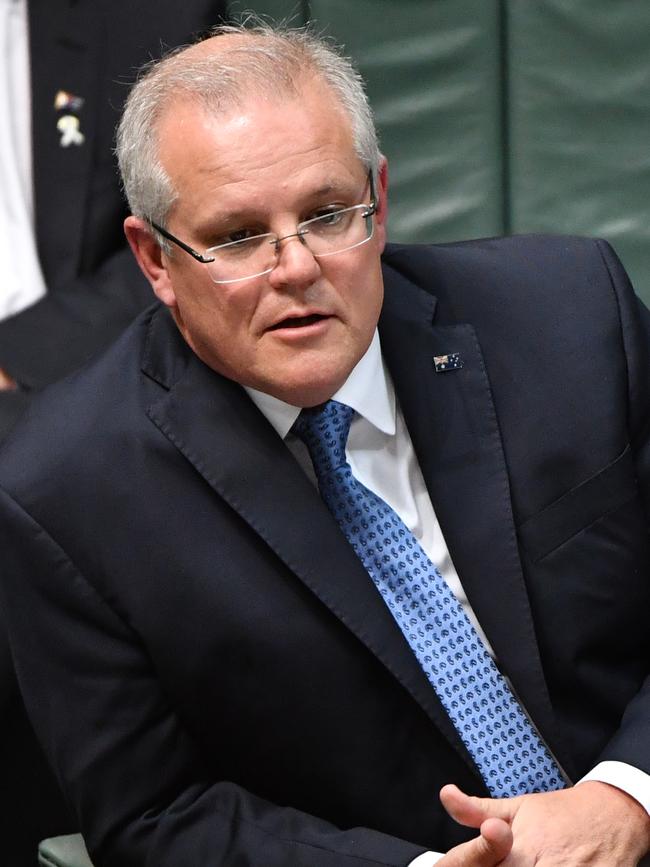
“Last Thursday it was my honour to meet Julie-Ann Finney,” the Labor leader writes in today’s The Daily Telegraph.
“As a father, I found Julie-Ann’s story heartbreaking.
“No mother or father should have to bury their child in such circumstances.”
As a result of that meeting, Labor under Albanese joins the call. “We need to find out what services are needed to address the problem,” Albanese writes. “That’s why Labor is calling for the establishment of a royal commission into veteran suicides.”
Given Prime Minister Morrison’s indicated support for considering a Royal Commission, this issue appears to have a level of bipartisan approval.
Indeed, in the current atmosphere of federal politics, it may be the only issue with genuinely bipartisan backing — and, as Albanese points out, that backing extends far beyond politics.
“More than a quarter of a million Australians have signed Julie-Ann Finney’s petition calling for a royal commission,” he notes. “We must listen.”
Yes, we must. And we must also take action.
DECEMBER 2: Malcolm, the ghost who talks.
Two mistakes bookend Malcolm Turnbull’s prime ministership.
The first came on the day he announced his challenge to elected prime minister Tony Abbott. Turnbull’s challenge was, he said, prompted by Abbott losing 30 consecutive Newspoll surveys.
This came back to haunt Turnbull when he in turn lost 30 consecutive Newspolls.
His second mistake came in October last year, after Turnbull had been ousted. Speaking in New York, Turnbull vowed that he would no longer be a presence on the political stage.
“When you stop being prime minister, that’s it,” he said.
“There is no way I’d be hanging around like embittered Kevin Rudd or Tony Abbott.”
“Seriously,” Turnbull continued, “these people are like, sort of miserable, miserable ghosts.”
These comments were a mistake because talkative Turnbull was always unlikely to stick to his pledge.

Lately, Turnbull’s been hanging around all over the place, appearing recently at an Australian republican function where he revealed renewed passion for his former project, despite barely mentioning the republic during his time as PM.
And now the ex-leader has used a private farewell to take a swipe at current Prime Minister Scott Morrison and to again rave on about climate change — an obsession that caused him to be dumped as PM and previously to be dumped as opposition leader.
“What we have got at the moment with this single issue (of climate change), which is a fundamental existential one … we have got ourselves into a situation where our party is not able to present a coherent view, much to the shock of the business community, the energy sector,” Turnbull said.
“People are taking something which should be a question of fact and science and physics and engineering — as I used to say, engineering and economics — and turning it into a question of ideology.”
More a year out of office, Turnbull still seems unaware that Australians want cheaper energy, not strange lectures.
Now the man who wasn’t going to hang around is promising to turn up the volume:
“We have to be loud Australians and stand up for our values and get the outcomes, deliver the government and the policies Australians deserve.”
He’s a loud miserable ghost.
The Daily Telegraph, printed and published by the proprietor, Nationwide News Pty Ltd A.C.N. 008438828 of 2 Holt St, Surry Hills NSW 2010, at 26-52 Hume Highway, Chullora. Responsibility for election comment is taken by the Editor, Ben English.
